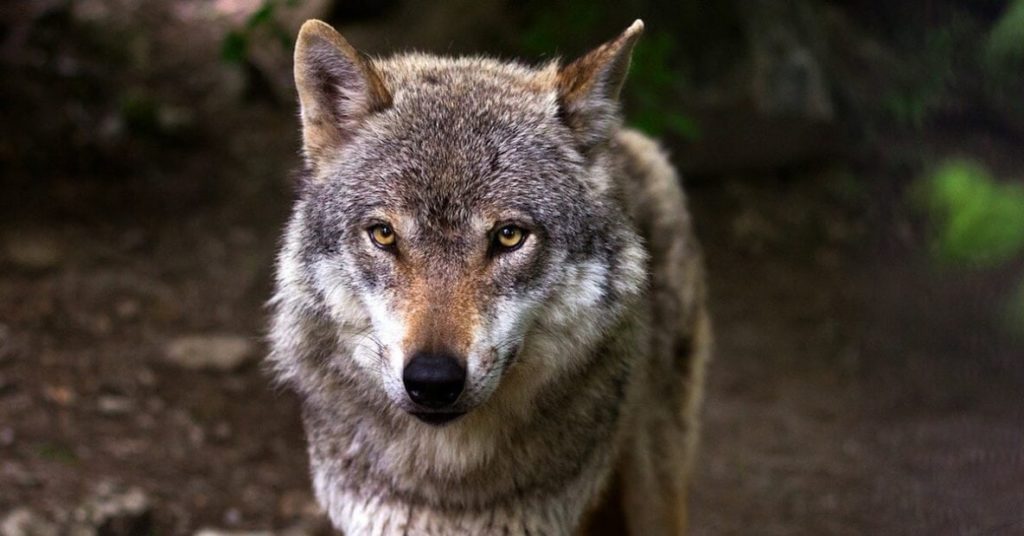Dogs are such a integral part of lives that it is hard to imagine a time when weren’t starting Instagram accounts for them or feeding them organic homemade dog treats or sending them to doggie day care. And, although our four-legged best friends may not have always been given the same kind of royal treatment that many of them receive today, smithsonian.com reported that new genetic evidence shows that you would have to go back 27,000 to 40,000 years to find a time when dogs split from their wolf counterparts and began their relationship with man. Humans raised dogs long before kittens. Dogs were part of mankind’s life before we herded goat, cattle and sheep.
Dogs are descendants of wolves, but that is easy to forget considering that there are so many different breeds of dogs (the American Kennel Club officially recognizes 178 breeds, but there are more than 400 breeds worldwide), some of which look no more alike than a zebra and a donkey. Jack Tseng, a paleontologist at the American Museum of Natural History in New York, said in article for Live Science, “If you were a biologist who comes from a society that never had any dogs associated with humans and you looked at these dogs, you would immediately think that these were different species.”
Charles Darwin believed that dogs were so diverse because they bred with several different variations of wild dogs. However, the dozens and dozens of breeds that exist today reflect focused and purposeful interbreeding by man.
For years, the prevailing theory about dog domestication is that man domesticated wolves to help them hunt. As the two groups began to work together, the wolves physical features began to change. Its frame became smaller and its jaw shortened. Wolves that were friendly and well-behaved with humans began to travel with them and that is how they passed on their genes.
Over the last 27,000-40,000 years, dogs and humans have grown and evolved – together. The mutually beneficial relationship between them has even fundamentally changed both species. The dog-human bond has grown so tight that dogs are now able to pick up on human cues and emotions that other animals, even those with advanced intelligence, are unable to understand.
Today, it is widely accepted that there are many positive aspects to the human-canine relationship. Blood pressure is found to lower when petting a dog, particularly so when it is your own dog. Dog owners are shown to have higher levels of the feel-good hormones like oxytocin, beta-endorphins, prolactin, phenylethylamine and dopamine. Pet owners have also been found to have lowered cholesterol, resulting in fewer doctor visits, and a reduced level of loneliness due to the social interaction with their pet. Indirectly, dog owners also report that they are more likely to talk to strangers when they are walking their dog, as the pet seems to be an icebreaker in initiating social contact.
Here’s to another 40,000 years of snuggling with our furry love nuggets.

